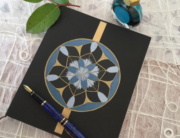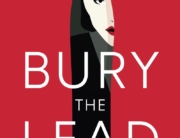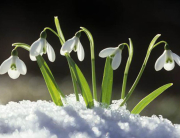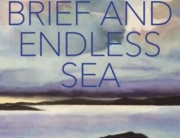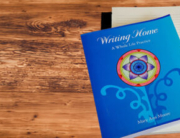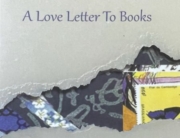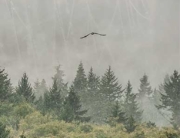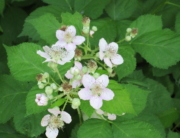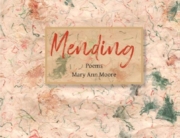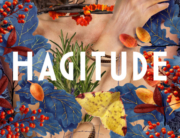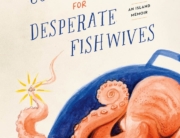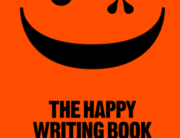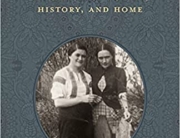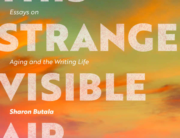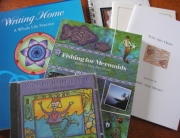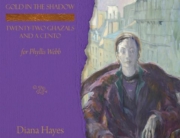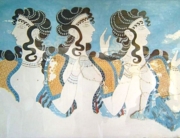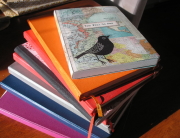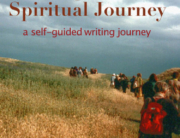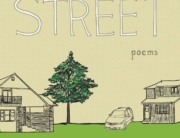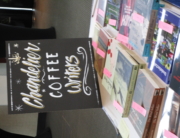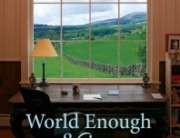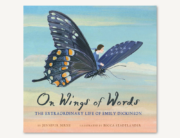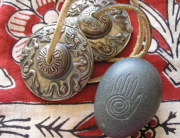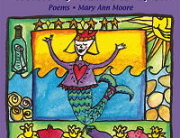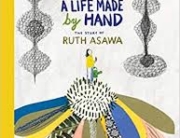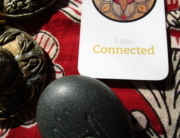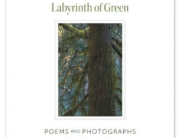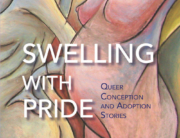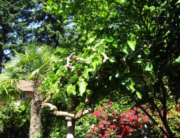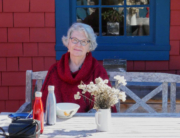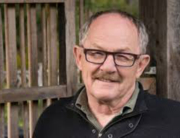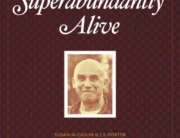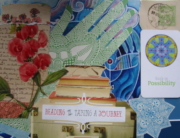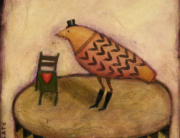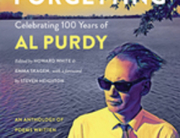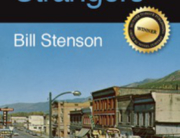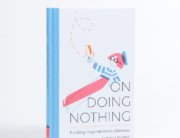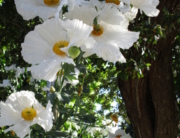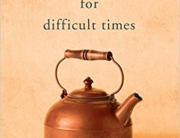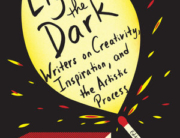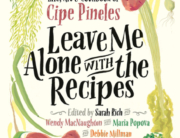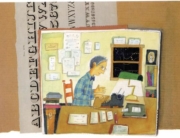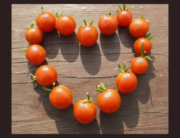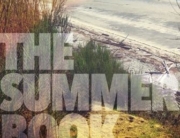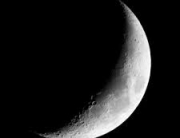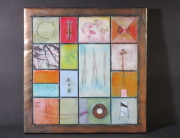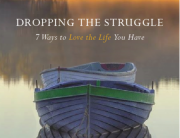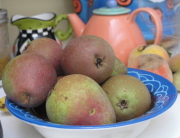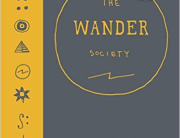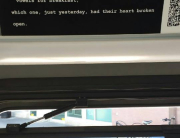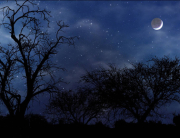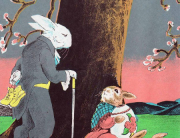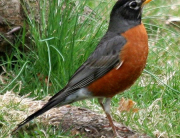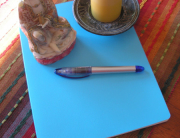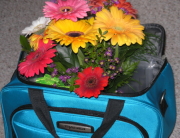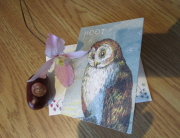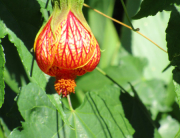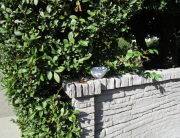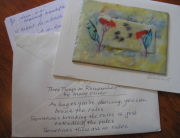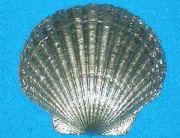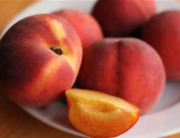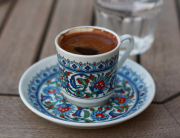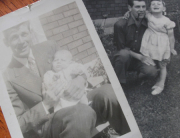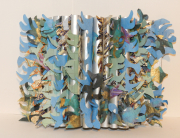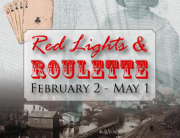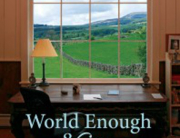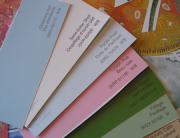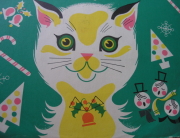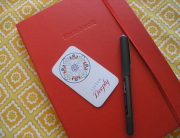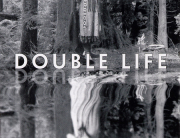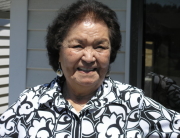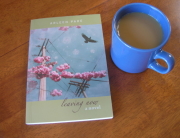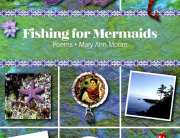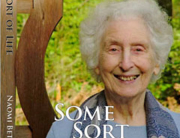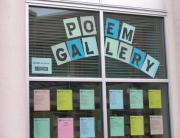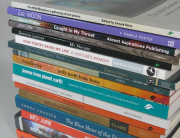 I was intrigued by several books in the last edition of Branches of Light I received from Banyen Books in Kitsilano. One of them was The Art of Is: Improvising as a Way of Life by Stephen Nachmanovitch and knew I couldn’t resist a title like that. I was very glad when one of the publicists at New World Library sent a copy my way. Thank you Tristy Taylor!
I was intrigued by several books in the last edition of Branches of Light I received from Banyen Books in Kitsilano. One of them was The Art of Is: Improvising as a Way of Life by Stephen Nachmanovitch and knew I couldn’t resist a title like that. I was very glad when one of the publicists at New World Library sent a copy my way. Thank you Tristy Taylor!
Stephen Nachmanovitch, PhD is an improvisational violinist and the author of Free Play. In this latest book, he philosophizes on living fully and in the present. That’s definitely what improv is all about and its gifts of co-creating by listening and paying attention can be applied to our daily conversations.
Right away I could relate to what Stephen had to say in his introduction about forms of practice such as music, dance, sports, medicine, “sitting still on a cushion in a state of concentrated awareness.” I really love that word “practice” as it means getting better at something and most important, a practice has the essential aspect of being ever-renewing.
“All [the forms noted above] are forms of practice, skilled disciplines of doing and being what you are rather than some preparatory work to get to a goal,” Stephen writes and with that realization he began a “lifelong exploration of the Buddha dharma, the Tao, and other traditions East and West that link up to artistic practice. And with a Buddhist perspective, I began to link improvising with the other imps: impermanence and imperfection. I learned to relish these essential qualities of life and art. And above all, I came to see art-making not as a matter of displaying skill but of awakening and realizing altruistic intentions.”
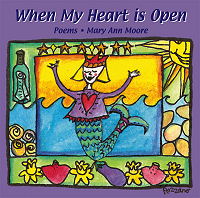 Many years ago I wrote a poem entitled “Art is” oddly enough. Or rather than odd: serendipitous and synchronistic! In the poem, included on my CD, When My Heart is Open, I wrote that art wasn’t a painting on a wall / lit from above / not a review in the Arts section / not a gala opening / but an inspired hand / fingers pressed to wood / the moment the brush touches / the canvas.” (The title of the CD actually came out of an improv workshop with Deny Levy in Toronto a long time ago.)
Many years ago I wrote a poem entitled “Art is” oddly enough. Or rather than odd: serendipitous and synchronistic! In the poem, included on my CD, When My Heart is Open, I wrote that art wasn’t a painting on a wall / lit from above / not a review in the Arts section / not a gala opening / but an inspired hand / fingers pressed to wood / the moment the brush touches / the canvas.” (The title of the CD actually came out of an improv workshop with Deny Levy in Toronto a long time ago.)
Stephen says: “And so we can take art off the pedestal and put it where it belongs, in the dynamic center of our lives.” Later on in the book, he says: “In spontaneous art, the moment of performance and the moment of creation are one.” How very beautiful that is.
Deb Close, described as “one of the gurus of instant theater,” said “that your job as an improviser is not to come up with clever lines but to make your partner’s shitty line sound good.” Keith Johnstone, author of Imrov for Storytellers, described this act as chivalry.
 As Stephen says: “Improvising is all about human relationship. It is about listening, responding, connecting, and being generous . . . the discipline of improvisation involves sensing invitations, accepting them, and supporting each other.”
As Stephen says: “Improvising is all about human relationship. It is about listening, responding, connecting, and being generous . . . the discipline of improvisation involves sensing invitations, accepting them, and supporting each other.”
Improvisers accept what they’re given by a scene partner to build on it, amplifying the ideas and imagery. It’s usually referred to “yes, and . . . .” Although you may have had another idea altogether, you soar with what you’re given. “Oh, I see you’re planting seeds” your scene partner may say as they observe your miming and although you were actually believing yourself to be picking cat fur off the carpet, you answer “Yes, and I hope you’ll help me water them.” You can see why the word “chivalry” is a word Stephen thinks is “ready for some fresh duty.”
Stephen refers to mindfulness rather than assessment. I have so appreciated improv classes because of the emphasis on what works. As he says: “Reinforce what was interesting, and it will be stronger next time . . . it is better to use our discernment to find the good, the interesting elements in the work, the edge of exploration that leads to the next work.”
Think of the encouragement we give a toddler learning to walk. I remember my granddaughter Briar saying to her young brother Gage: “Good job baby Gage.”
I so appreciated the manual of guidelines our teacher Anna Bunce gave us in the first improv course she taught in Nanaimo a couple of years ago: Fill in the Blank. In the writing circles I lead, I also hand out guidelines so that we create a safe space for the writing of stories from life. As Stephen points out: “The only way to enable improvisation is to step back to create an empty space (and at first, a safe space) into which the participants can move of their own free will. To guide improvisation means giving people permission to do what they already know how to do, opening up a space in which it feels safe to take risks.”
 There are so many things we are capable of when we can trust we are in a safe space where “mistakes” are all part of the experience. Mistakes can just be doing something you weren’t especially proud of. Self-forgiveness is an important aspect as well as the present moment. Stephen describes the Japanese Tea Ceremony where there is a ritual and yet no ceremony is ever the same. Participants “deeply realize the impermanence and preciousness of their interaction just now.”
There are so many things we are capable of when we can trust we are in a safe space where “mistakes” are all part of the experience. Mistakes can just be doing something you weren’t especially proud of. Self-forgiveness is an important aspect as well as the present moment. Stephen describes the Japanese Tea Ceremony where there is a ritual and yet no ceremony is ever the same. Participants “deeply realize the impermanence and preciousness of their interaction just now.”
We use improvisation in so many ways in our daily lives. In the grocery store line-up, someone makes a comment and we reply with a light-hearted comment in return. Usually the exchange with the cashier is friendly too. At lunch out with friends for your birthday, you may be asked to say a few words. At bedtime, you tell a story to your children or grandchildren. If you’ve ever been to Toastmasters, as a newcomer, you’re asked to stand up and improvise a one-minute story. When I write a poem, I’m improvising saying “yes, and . . “ to a thought that comes my way. Coleman Barks’s rendering of the poetry of Rumi and Daniel Ladinsky’s interpretation of the poetry of Hafiz could be described as improvisation. So many aspects come into poem making including observations, memory, imagination and intuition which are all part of our daily interactions as well.
“We must combine old and new, prefabricated and invented, transmission and absorption, blending seemingly opposite functions in the intimacy of mutual presence. That balancing act is the art of life,” Stephen Nachmanovitch writes.
Some writers have referred to free writing where you keep the pen moving and release everything you know in the moment. Natalie Goldberg is a writer who has based her writing and teaching on keeping your fast-writing pen moving. Longer ago than Natalie Golberg, Ludwing Borne (born Loeb Baruch, 1786 – 1837) wrote an essay called “The Art of Becoming an Original Writer in Three Days.” It involved writing “everything that goes through your mind for three consecutive days with neither hesitation nor hypocrisy. This is “dictation from ourselves: our spirit” as Stephen says. It may turn out to be something special to be shared with others or the unblocking that occurs may free you up for the journey ahead. (This also sounds rather like Julia Cameron’s “morning pages.)
The Art of Is is full of references to and anecdotes about all sorts of fascinating traditions. Did you know Odysseus was a master improviser? That’s how Homer referred to him. We refer to an odyssey as the “journey itself, not as reaching a goal.” Most important, The Art of Is is about listening and being attentive to ourselves and one another.


